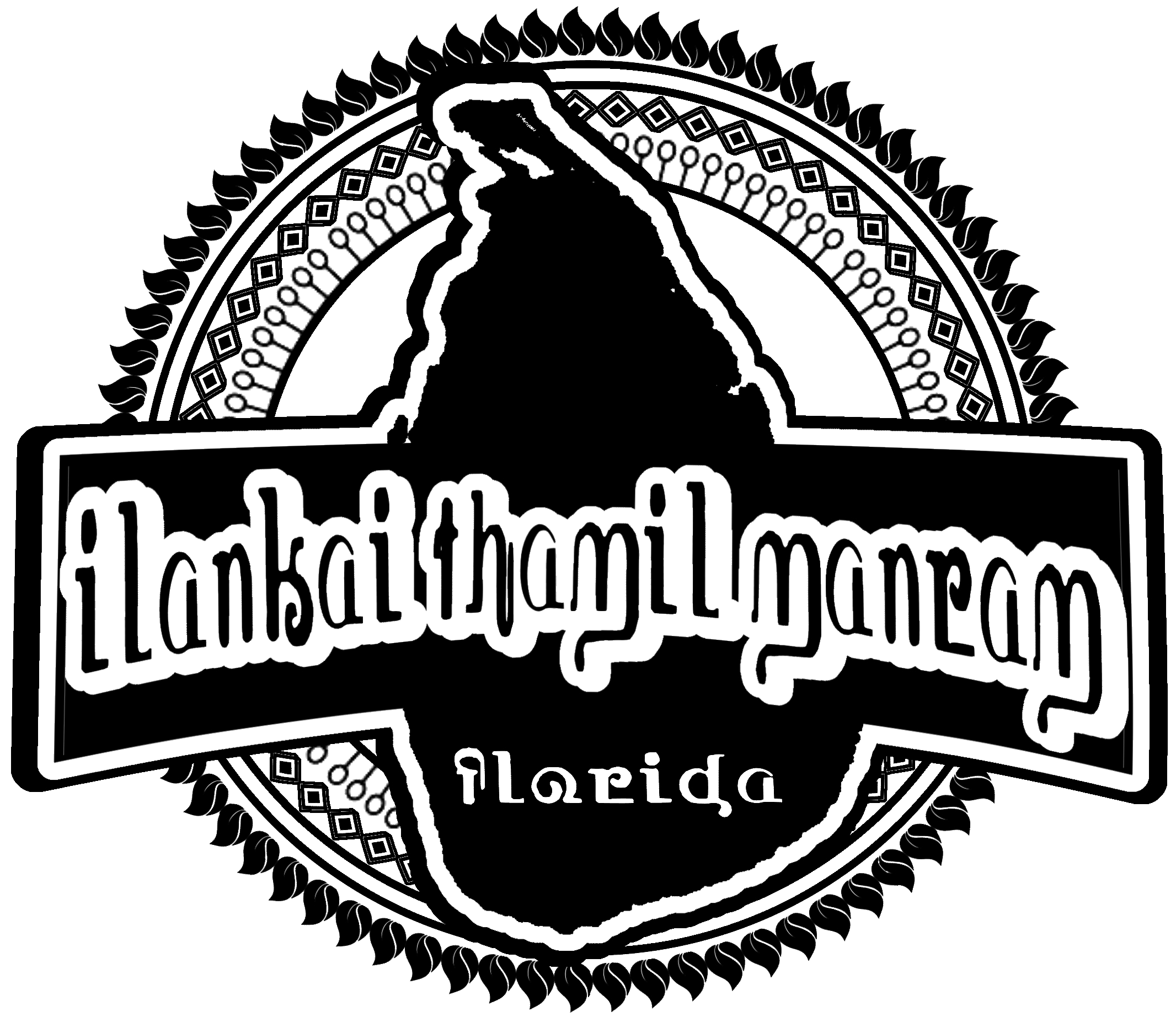
Many cultures have foods that are intended to be eaten by hand, but across South Asia, there are specific rules of etiquette that come along with this practice.
Obviously, the origin of using one’s hands to eat is as old as humanity itself. While cutting tools were developed early in order to slice edibles into transportable and cookable pieces, items used specifically to lift food from the eating surface to the mouth came later. Throughout history, there have always been particular foodstuffs in all cultures intended for consumption by way of one’s hands.
Despite the current availability of cutlery, chopsticks, and other food utensils, many cultures still maintain the practice of eating the main meal with one’s hands. Each has its own reasons, some practical and some traditional. While it may seem simple and haphazard, there is actually a great deal of etiquette associated with properly eating with one’s hands, especially in the South Asian cultures.
India and Sri Lanka maintain this practice not only for snacks or appetizers, but also for the main meal. Eating while using one’s hands is considered to enhance the sensory experience of the meal. There are also ayurvedic teachings associated with using one’s hands. Each finger is believed to correspond to a certain element (space/ether, air, fire, water, earth), and bringing the fingers together to collect the food is believed to create a balance in the elements, thus increasing one’s mindfulness of the taste of the food.
One must also abide by etiquette when eating with one’s hands. Naturally, the hands must be washed prior to the meal, both out of hygiene and respect. While nowadays this usually occurs at the faucet, sometimes even a jug and basin is brought to the table for guests to wash their hands.
The food must always be touched only with the right hand, a custom that prevails even when the diner is left-handed. This practice comes out of the belief that the left hand is impure, and is the hand used for unclean practices, such as wiping oneself in the bathroom and putting on one’s shoes. Therefore, food should only be touched or passed with the right hand, and one’s mouth should be wiped only with one’s right hand. The left hand can be used for holding one’s cup and sometimes helping tear bread, but that is all.
The food should only be touched with the tips of the fingers. When eating rice and curry, the rice should be mixed with the curry, then a small amount picked up with the fingers and pushed into the mouth using the thumb. Using bread such as roti or naan might be easier, as it allows the curry to be picked up in a small pocket and placed in the mouth.
As to unfinished food on one’s plate, the traditions regarding this vary from region to region. While wasting food is generally looked down upon, in other regions it is considered appropriate to leave some food on the plate as an offering. In Sri Lanka, if one finishes one’s plate, one may be served a second helping, since the host may assume the diner was not fully satiated if there is not food left over.
